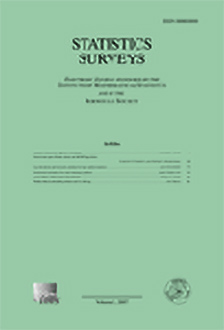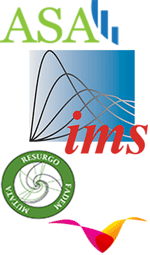Abstract
Many real-world networks are theorized to have core-periphery structure consisting of a densely-connected core and a loosely-connected periphery. While this phenomenon has been extensively studied in a range of scientific disciplines, it has not received sufficient attention in the statistics community. In this expository article, our goal is to raise awareness about this topic and encourage statisticians to address the many open inference problems in this area. To this end, we first summarize the current research landscape by reviewing the metrics and models that have been used for quantitative studies on core-periphery structure. Next, we formulate and explore various inferential problems in this context, such as estimation, hypothesis testing, and Bayesian inference, and discuss related computational techniques. We also outline the multidisciplinary scientific impact of core-periphery structure in a number of real-world networks. Throughout the article, we provide our own interpretation of the literature from a statistical perspective, with the goal of prioritizing open problems where contribution from the statistics community will be most effective and important.
Acknowledgments
We would like to thank the Editor, Associate Editor, and two anonymous referees for very helpful comments that significantly improved the manuscript’s quality.
Citation
Eric Yanchenko. Srijan Sengupta. "Core-periphery structure in networks: A statistical exposition." Statist. Surv. 17 42 - 74, 2023. https://doi.org/10.1214/23-SS141
Information





